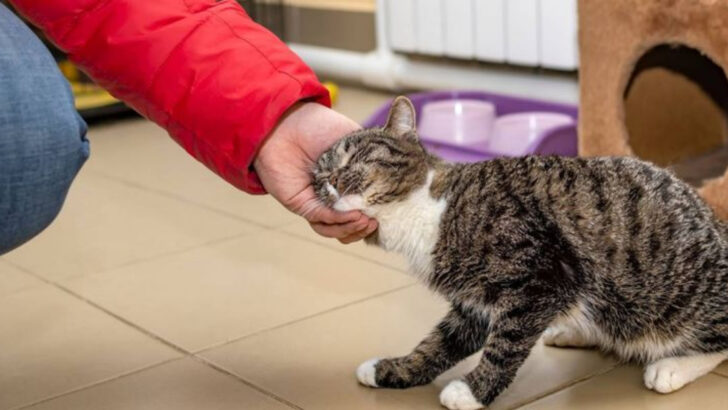Your cat isn’t just being weird.
They’re sending messages—possibly sarcastic, definitely mysterious.
That slow blink? It’s not boredom.
The tail flick? Might not be anger.
And the sudden flop onto their back? Don’t fall for it—it’s a trap.
Felines are masters of mixed signals.
They’ll cuddle one second, claw the next, and leave you wondering if you’ve just been loved or judged.
(Spoiler: it’s both.)
But behind every twitch, purr, and dramatic stare lies a meaning.
And it’s usually not what you think.
Let’s decode the 17 most misleading cat behaviors—because your cat’s been playing psychological chess, and you’ve been stuck playing checkers.
Kneading with Paws
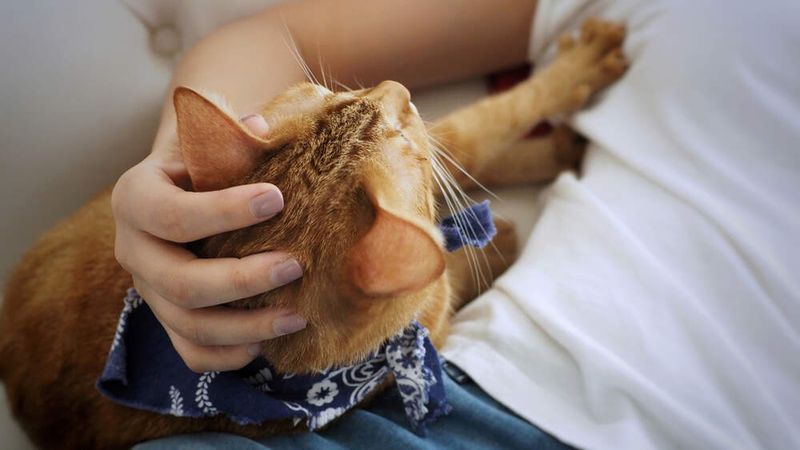
Kneading with their paws reminds us of kittens nursing their mothers. This behavior is a sign of contentment and affection, not just a leftover instinct.
When your cat kneads you, it’s a way of marking you as part of its territory, claiming you as family. It’s a bonding ritual that can soothe both the cat and the owner.
Interestingly, cats also knead to show they are comfortable in their environment. So, if your feline friend kneads, it means they feel safe and relaxed around you.
Slow Blinking

Have you ever noticed your cat looking at you with half-closed eyes, slow blinking? It is the ultimate gesture of trust and love between animals.
When a cat slow blinks, it means they feel safe and secure in your presence. This expression is equivalent to a human smile or hug.
Try slow blinking back to communicate affection and establish a deeper bond. This might look odd to others, but your cat will understand and appreciate it.
Tail Flicking
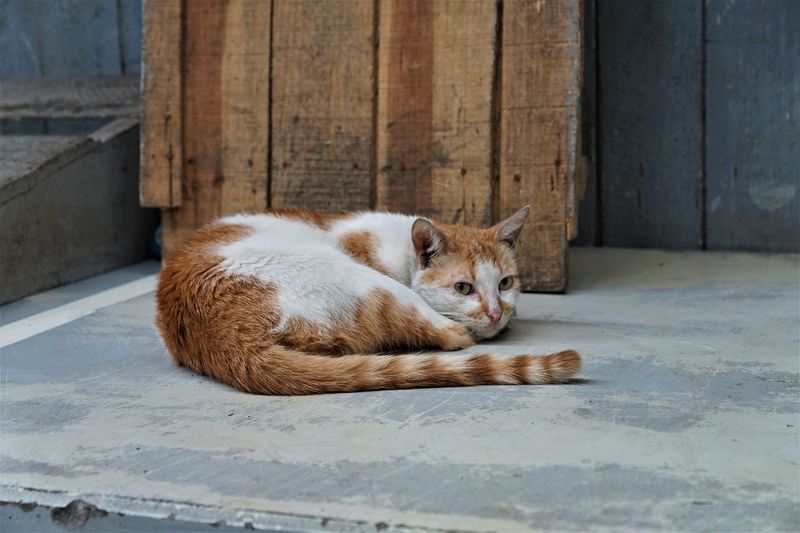
Tail flicking can be confusing, appearing as a sign of annoyance. However, it can mean various things based on context and speed.
A slow flick might indicate curiosity or excitement, whereas rapid flicking often signals irritation or decision-making. Understanding tail language requires observing the situation and body posture.
In social settings, a lazy tail flick can even be a sign of contentment. It’s important to note these cues to avoid misinterpretations.
Head Butting
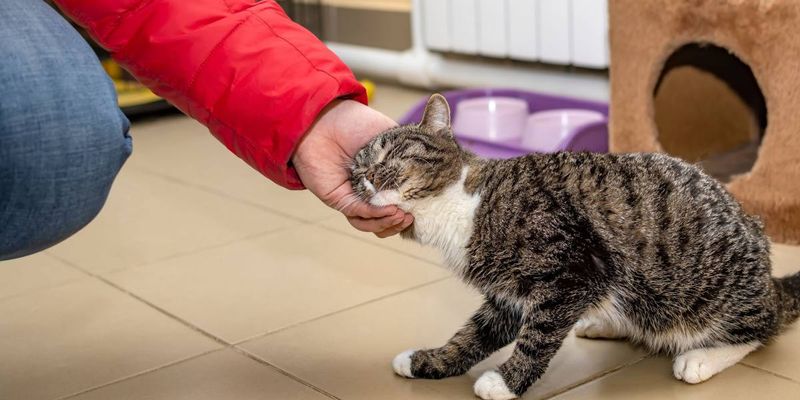
When a cat head butts you, it isn’t a sign of aggression. Instead, it’s a way of exchanging scents and marking you with their pheromones.
This action is a display of affection, signifying trust and acceptance into their territory. It’s the feline way of saying, “You are part of my world.”
This behavior strengthens the bond between the cat and the owner, fostering a sense of belonging and kinship. Next time your cat nudges you, appreciate the love behind it.
Bringing ‘Gifts’
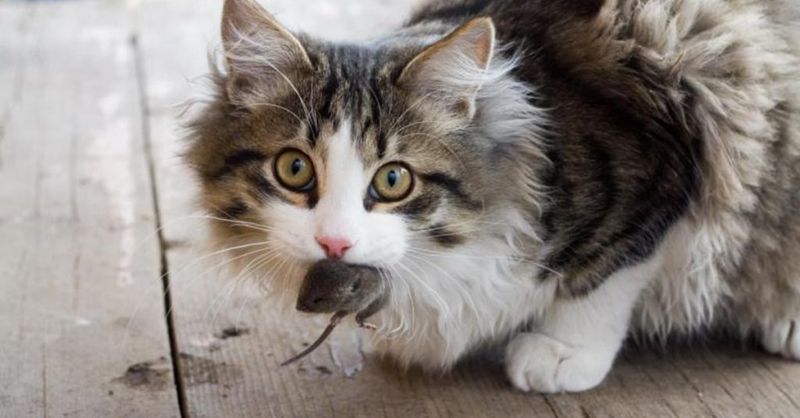
Cats bringing “gifts” like mice or birds can be both flattering and perplexing. Despite appearing as unwanted surprises, it’s a gesture rooted in instinct and care.
By presenting you with prey, your cat is sharing resources, a sign of camaraderie. In the wild, cats share food with their kin; thus, you are considered family.
This behavior is their unique way of teaching you hunting skills or demonstrating their prowess. Appreciate the intent behind these unwelcome offerings.
Lying on Back
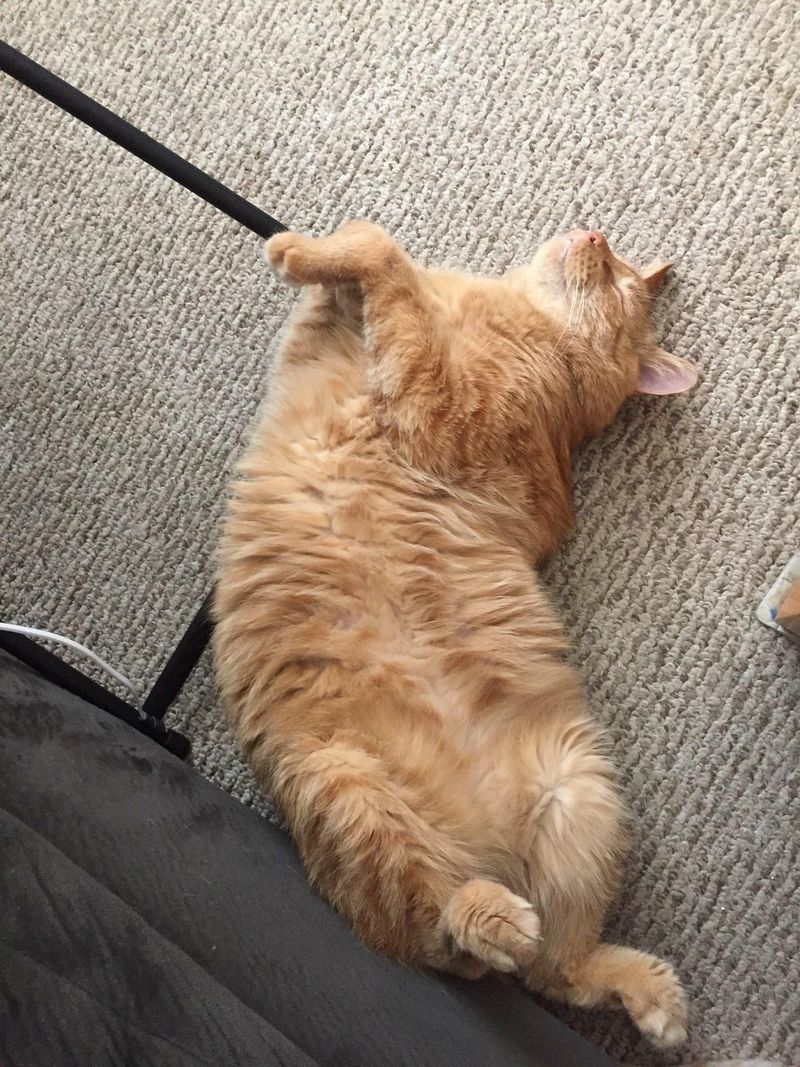
A cat lying on its back may seem like an invitation for belly rubs, but often, it’s simply a sign of trust and contentment.
Exposing their belly is a vulnerable position, indicating they feel safe and unthreatened in your presence. It’s a form of relaxation rather than an invitation for touch.
Avoid touching the belly unless you know your cat enjoys it. Respect this personal space to maintain trust and rapport.
Ignoring Calls
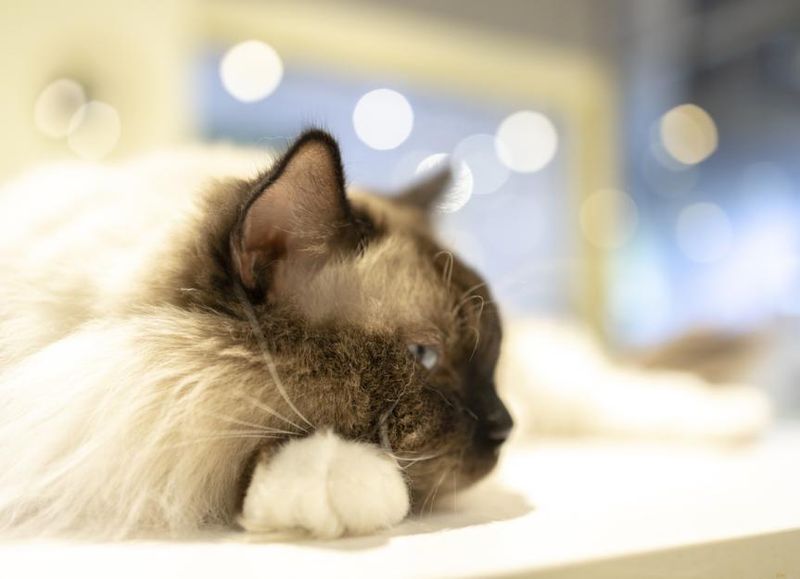
When a cat ignores your call, it might seem dismissive, but this behavior can indicate a sense of independence.
Cats are not naturally programmed to respond to commands like dogs. Their aloofness is a sign of self-assuredness. They may hear you but choose to respond at their own pace.
This behavior highlights the cat’s autonomous nature, reminding us that affection is earned, not demanded.
Purring
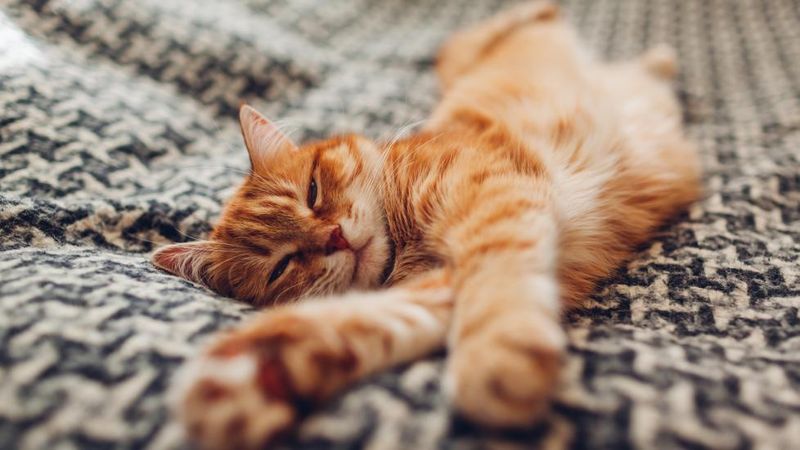
Purring is often associated with happiness, but it can mean more. Cats purr when content, but also when ill or in pain as a self-soothing mechanism.
This complex behavior is similar to human humming; it helps calm and reassure themselves. Understanding purring context is key to discerning your cat’s needs.
While often a positive signal, listen to other cues to understand your cat’s true emotions and health status.
Rubbing Against Legs
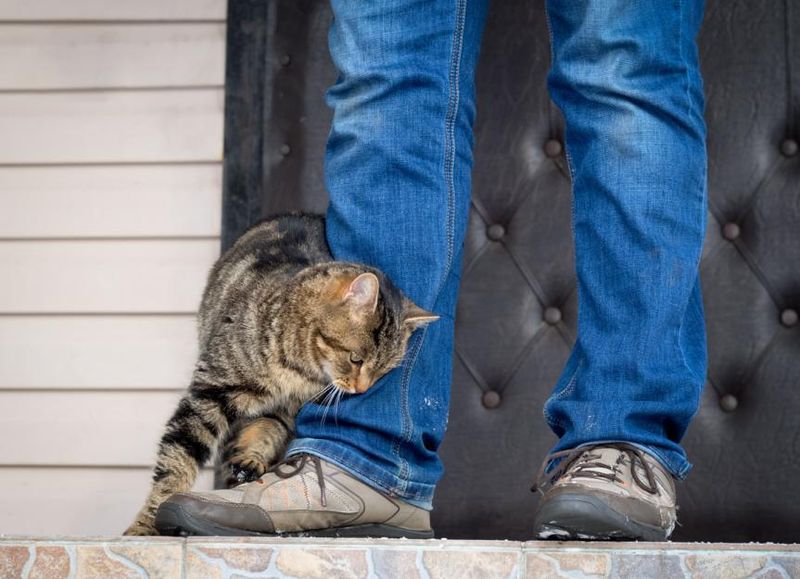
When a cat rubs against your legs, some may interpret it as a need for attention. However, this is a territorial behavior.
By rubbing, the cat transfers its scent to you, marking you as part of its domain. It’s a warm welcome, showing you belong in their world.
This gesture is both welcoming and possessive, a unique feline way of bonding and reassurance. Embrace this ritual as a sign of inclusion.
Hiding
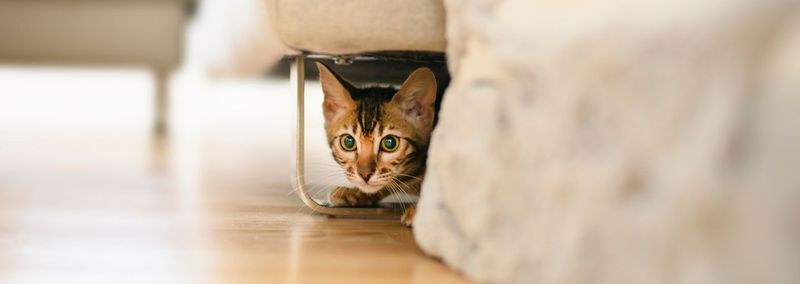
Hiding can seem like a sign of fear, but sometimes it indicates a cat’s need for solitude and rest.
Cats may retreat to recharge or find comfort in confined spaces. It’s not always about skittishness; sometimes, it’s about relaxation away from overstimulation.
Providing a safe hiding spot helps your cat feel secure and contented. Respecting their need for privacy strengthens trust and well-being.
Chattering
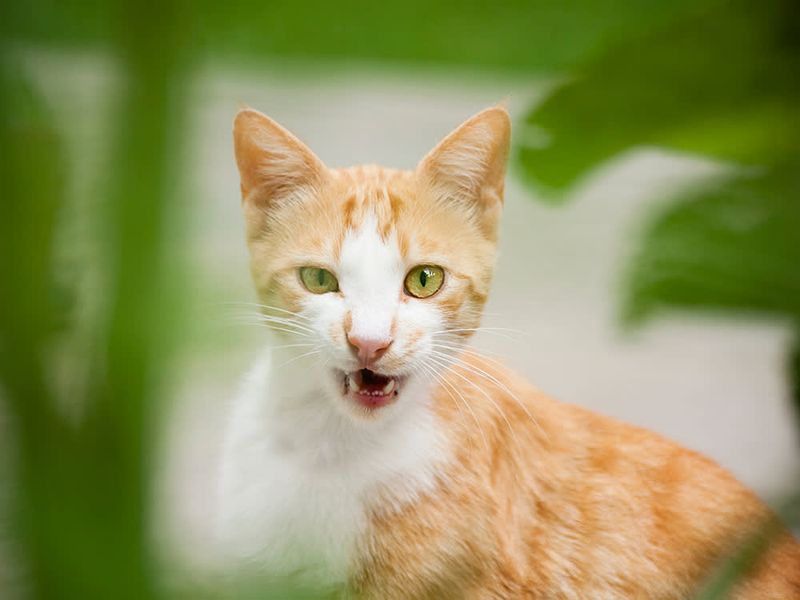
When a cat chatters its teeth, it might seem like frustration, but it’s often linked to excitement and predatory instinct.
This behavior occurs when they spot prey but cannot hunt, like birds outside a window. The chattering mimics a killing bite, showcasing their hunting heritage.
Understanding this vocalization helps you appreciate the wild instincts still present in domestic cats. It’s a fascinating glimpse into their natural behavior.
Grooming Excessively
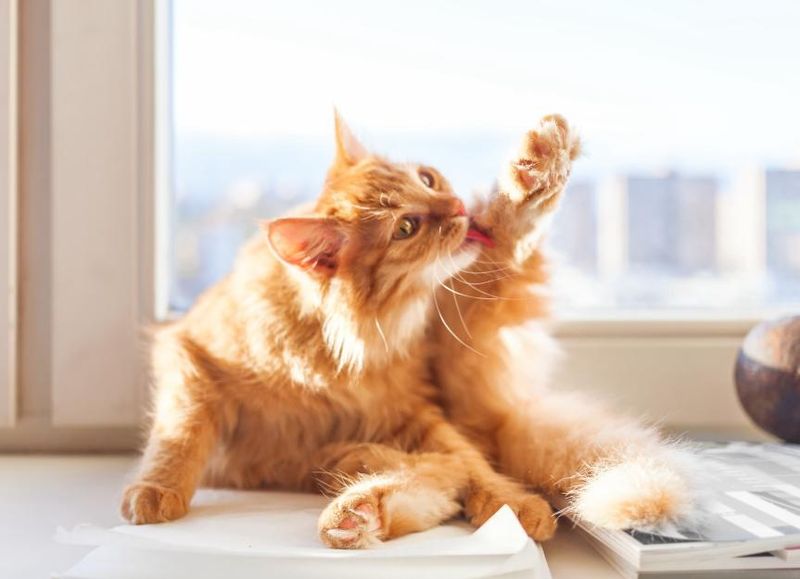
Excessive grooming may seem like vanity, but it can signal stress or anxiety. Cats groom to soothe themselves, much like humans might pace.
However, over-grooming can lead to bald spots or irritation, indicating underlying issues. Observing the frequency and context is essential.
This behavior demands attention, as it might reflect discomfort or emotional distress. Seeking vet advice ensures your cat’s health and happiness.
Ears Back
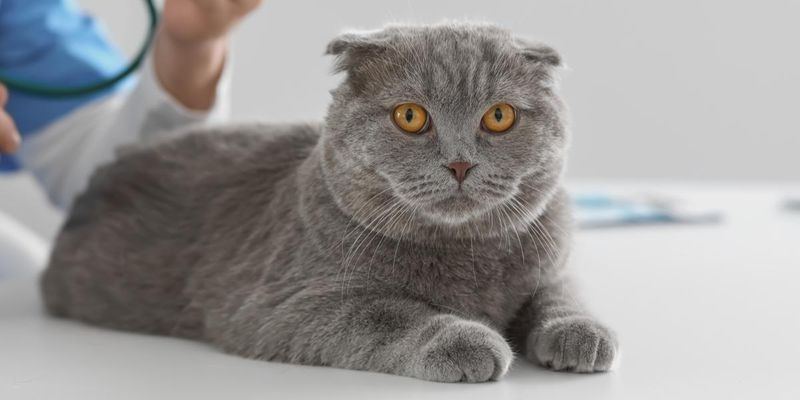
Ears pinned back might be mistaken for aggression, but it often signifies unease or caution.
Cats flatten their ears when assessing unfamiliar situations, readying themselves for potential flight. It’s not necessarily a hostile gesture.
Being attuned to this subtle cue helps you read your cat’s feelings and provide reassurance. Understanding these signals fosters a safer environment for your pet.
Sleeping in Odd Places

Finding your cat sleeping in unusual spots seems quirky, but it often points to a desire for security.
High or hidden places offer safety from perceived threats, allowing cats to rest without worry. It’s a survival instinct that translates to the home.
Recognize these chosen spots as your cat’s safe havens, respecting their need for comfort and solitude. Provisioning these spaces reassures their well-being.
Refusing to Eat
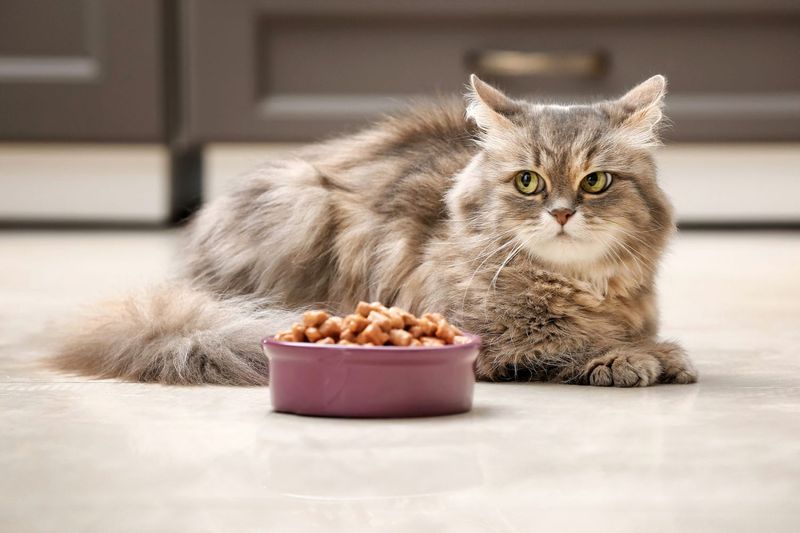
When a cat refuses food, it might appear picky, but this can indicate deeper health or environmental issues.
Cats have sensitive palates and might reject food due to changes in taste or stress. It’s crucial to observe patterns and consult a vet if it persists.
Understanding this behavior nurtures your cat’s health and prevents future problems. It highlights the importance of vigilance in pet care.
Clawing Furniture
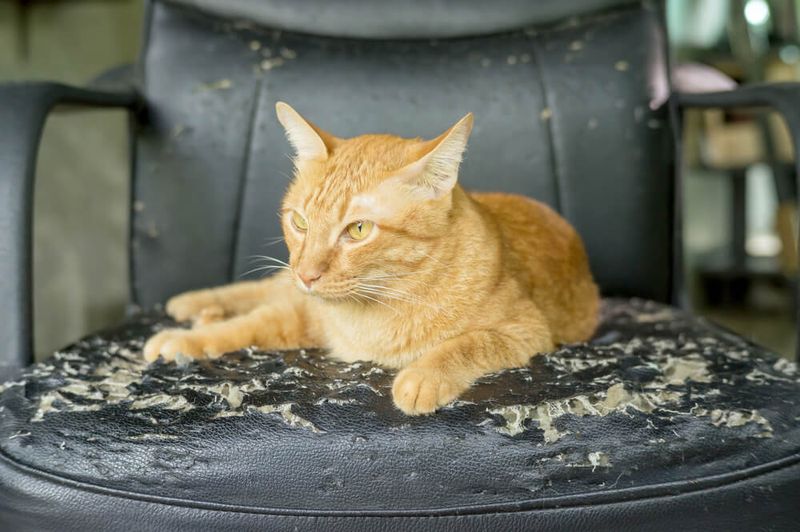
Clawing furniture seems destructive, but it’s a natural behavior for scent marking and claw maintenance.
Cats possess scent glands in their paws, and clawing helps both sharpen claws and mark territory. It’s essential for their physical and psychological well-being.
Providing appropriate scratching posts redirects this behavior constructively. Understanding this need prevents damage while respecting their instincts.
Yowling at Night
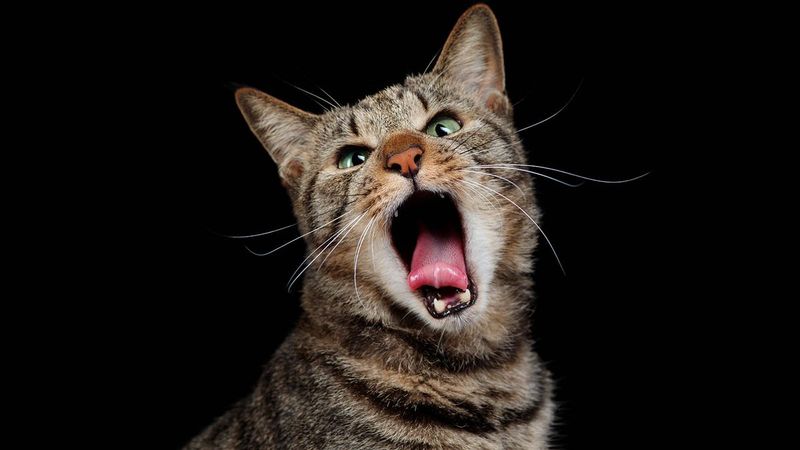
Night yowling can be annoying, but this behavior often signals loneliness or territorial instincts.
Cats are crepuscular, active during dawn and dusk. Yowling might express a need for companionship or reaction to nearby animals.
Addressing this requires understanding their social needs or altering their environment. Employing calming techniques ensures peaceful nights for both owner and pet.

